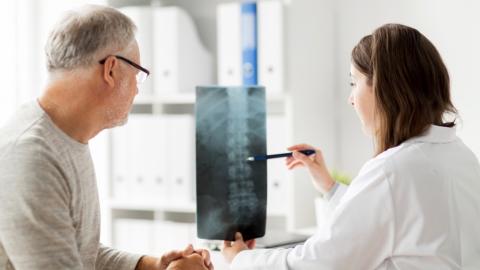
Imaging Tests – Which, When Becomes Justified?
Processes within the body occur invisibly to the human eye. Insight into these processes is provided by imaging tests, which can provide information about the condition of internal organs or pathological processes within the body. When might a particular test be necessary? Does it require any preparation from the patient? Below, we have compiled the most commonly used procedures.
Diagnostic tools involved in imaging procedures are capable of assessing the condition of examined body parts or organs using rays absorbed or reflected by the body's tissues, radiofrequency energies, or sound waves. If contrast agents are also used, even more information about tissue conditions can be gathered.
The most commonly used imaging tests
1. Ultrasound Examination – The method's greatest advantage is that it is fast, safe, and does not involve radiation exposure to the body, making it safe for use in children and pregnant women. The disadvantage is that the penetrative power of ultrasound beams is limited – besides bones, even accumulated intestinal gas can hinder diagnosis. It can be used for examining internal organs and soft tissues (e.g., for detecting developmental abnormalities, cysts, and tumors).
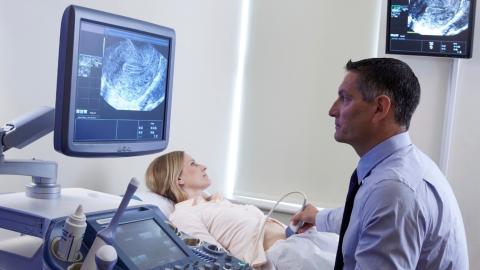
For abdominal-pelvic ultrasound examinations, it is necessary to arrive on an empty stomach, avoid gas-producing foods 24 hours before the examination, and consume plenty of non-carbonated fluids before undergoing pelvic imaging procedures. There is no need for preparation for thyroid and other soft tissue examinations or Doppler ultrasound examinations of the limbs.
2. X-ray Examination – The oldest imaging procedure exposes the body to low levels of radioactive radiation. It provides the opportunity to examine abnormalities, inflammations, bone fractures, joint injuries (simple X-ray), or swallowing processes (fluoroscopy), and the vascular system (angiography).
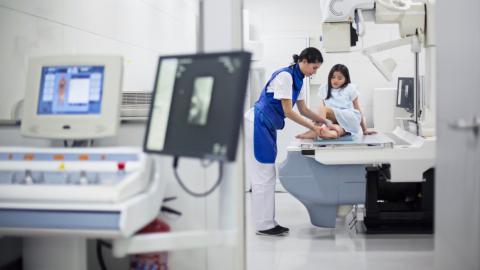
During X-ray examinations, the patient should not wear metallic objects, but there is no need for other preparations or restrictions.
3. CT Scan – CT (computer tomography) is essentially a specialized X-ray examination that generates "slice-by-slice" images of the examined organ, which are then assembled into a three-dimensional image using a computer. It takes longer than conventional X-ray examination (especially for examining abdominal and pelvic organs), but like the previously mentioned imaging procedures, it involves no discomfort.
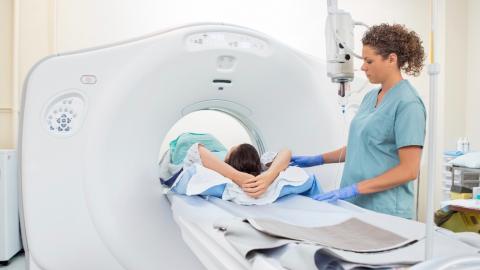
If contrast material is needed for the examination, eating should be avoided 6 hours before, and for pelvic examinations, one should arrive on an empty stomach. Metallic objects (such as watches, hairpins, earrings) should be removed.
4. MRI Scan – This examination method does not expose the body to ionizing radiation. It allows detailed examination of soft tissue using radio waves. The downside is that the patient must lie still in a tunnel-like structure for a long time (up to 60 minutes), enduring uncomfortable (clanking, buzzing) noises during the examination.
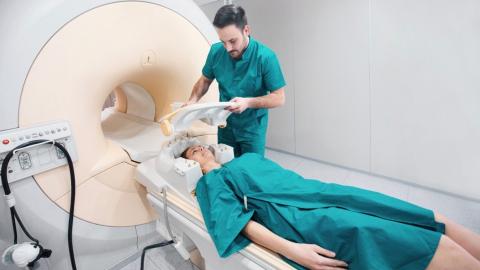
All clothing containing metal must be removed, and the patient must inform the examining physician if any metal or pacemaker is implanted in their body. Eating should be avoided 6 hours before the examination, and only non-carbonated water should be consumed.
5. Isotopic Tests – During the examination, a radioactive emitting substance is introduced into the body intravenously, orally, or by inhalation. After the necessary waiting period, images of the organ under examination are taken.
Most isotopic tests do not require special preparation (eating and taking medication are not restricted). Exceptions to this are as follows:
- For examination of the liver-biliary system, arrival on an empty stomach is required,
- Fluid intake is required for examination of the bones and kidneys,
- For lung examination, the most recent chest X-ray is required.

Our imaging examinations are available without a referral
In the UDyouMED institution, in addition to performing X-ray and ultrasound examinations, mammography, angiography, and MRI examinations are also available. Feel free to ask our colleagues for assistance with any questions regarding the examinations!